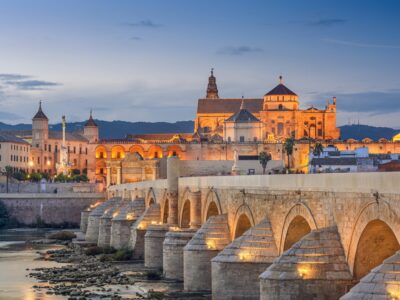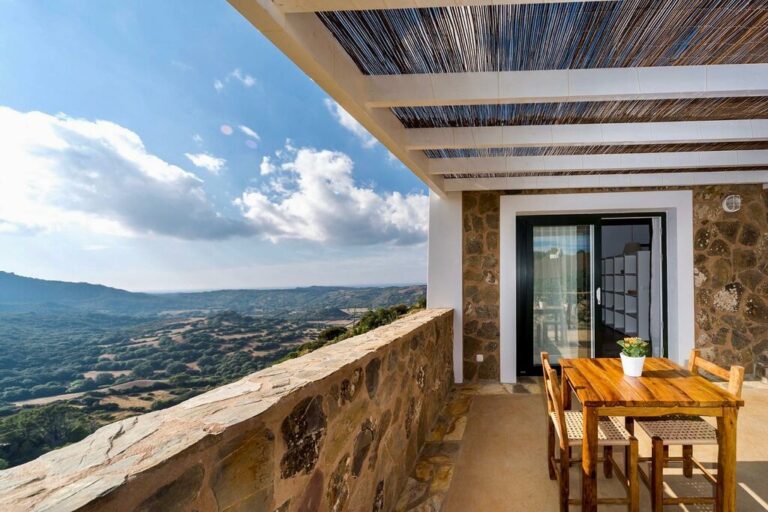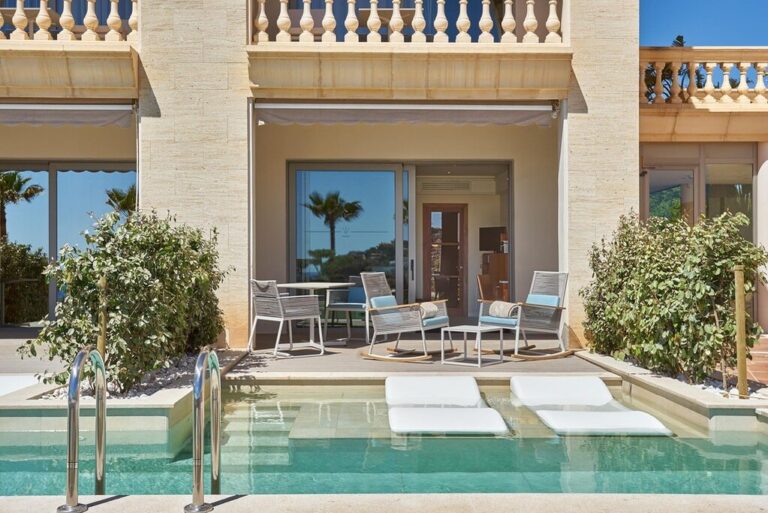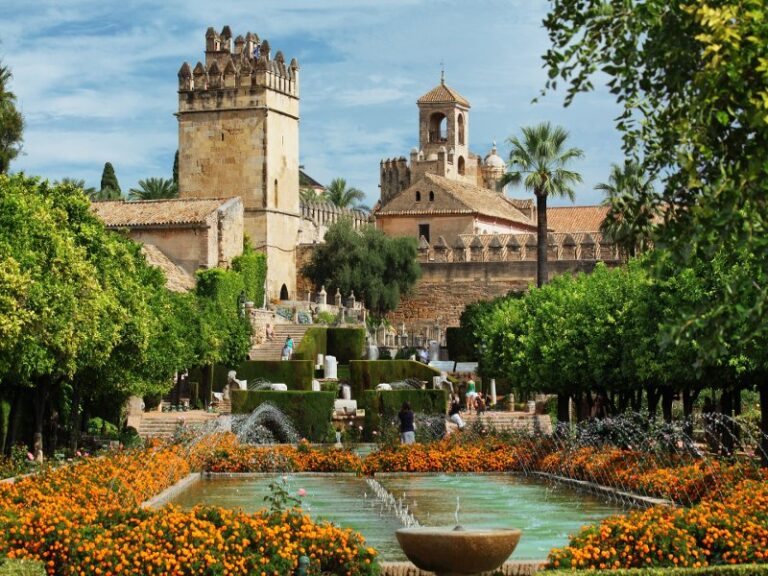Cap Rocat, Mallorca Hotels
Tours & Itineraries
Get inspired by trips other travelers have loved
Family Trip to Spain: Barcelona & Madrid – 8 Days
This eight-day family vacation is just long enough for you to get to the heart of Spain's two most famous ...
Spain North to South: Basque Country to Andalusia – 17 Days
Get ready for the trip of a lifetime. In 17 days you'll experience the highlights of Spain, from Barcelona to ...
Taste of Northern Spain – 9 Days
Experience northern Spain through a series of private gastronomic and cultural experiences over nine days. Get to know the world ...
Luxury Northern Spain Road Trip: La Rioja & Basque Country – 7 Days
Discover the wonders of northern Spain on this luxury weeklong trip. Embark upon a self-drive adventure from Madrid to the ...
Family Adventure in Southern Spain: Málaga, Granada, Seville & More – 10 Days
During this fun, family-friendly 10-day tour, you'll experience the natural beauty of southern Spain and its cultural highlights. Activities like ...
Family Trip to Spain: Barcelona & Madrid – 7 Days
In just one week, you can enjoy the perfect family holiday in Spain by visiting the two most iconic cities ...
Hotel Advice
Unique places to stay, curated by Big Time Holiday specialists
Son Vives Agritourism Hotel, Menorca Hotels
Serene rural retreat with traditional Menorcan architecture, an outdoor pool, an organic garden and cheese farm, and eco-friendly practices ### ...
Pure Salt Port Adriano Hotel & SPA—Adults Only, Mallorca Hotels
Serene adults-only hotel with luxurious rooms, ocean views, spa services, and an infinity pool Overview Pure Salt Port Adriano presents ...
NH Collection Palacio de Tepa, Madrid Hotels
Historic 18th-century hotel with modern minimalist interiors, Spanish dining, and family-friendly amenities. The NH Collection Madrid Palacio de Tepa offers ...
Best Experiences
Unique things to do, curated by Big Time Holiday specialists
Self-Guided Horta-Guinardó District Walk
This walk is for travelers interested in seeing a quieter side of Barcelona most visitors don't experience: the outlying district ...
Visit the Mezquita-Catedral, Alcázar & Jewish Quarter
Explore significant sites in Córdoba with a local guide, like the Mosque-Cathedral, the Royal Alcázar, and the Jewish Quarter. Embark ...
Spanish Cooking Experience
Learn how to cook a full traditional menu with an experienced chef in Palma de Mallorca while enjoying an open ...

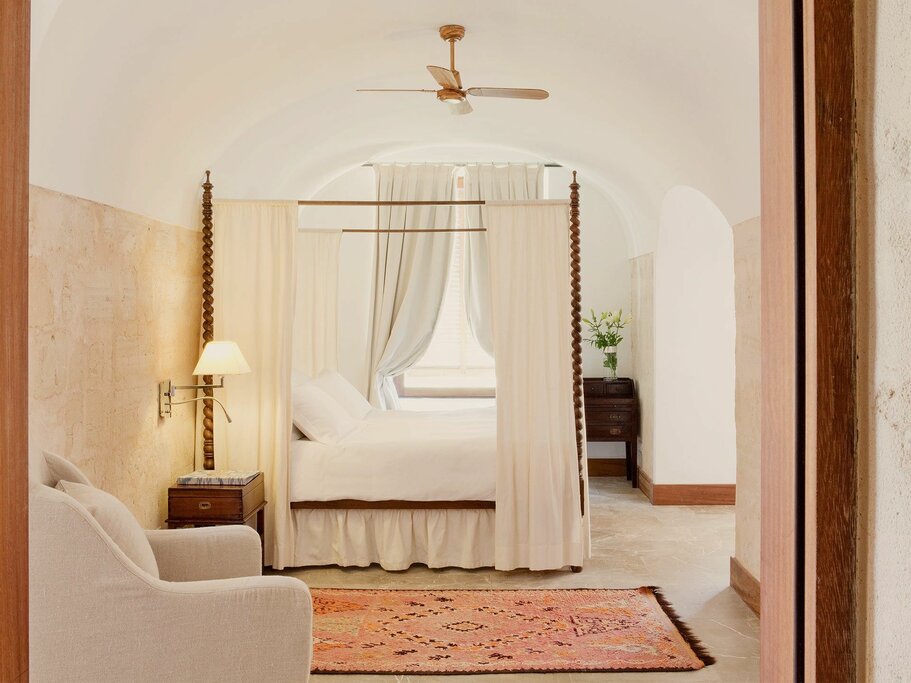
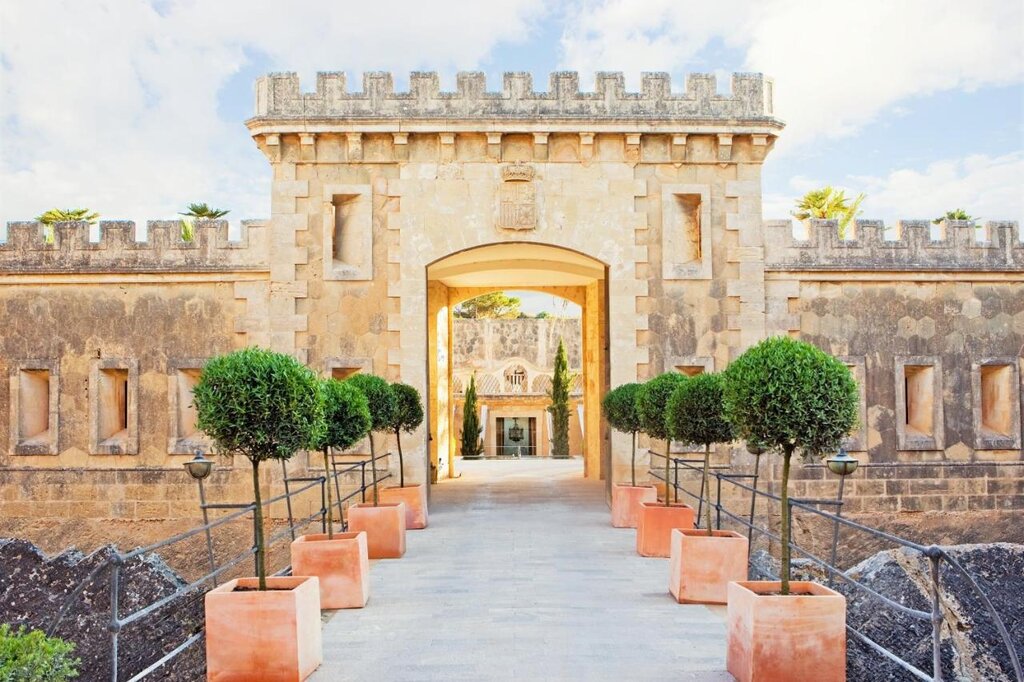
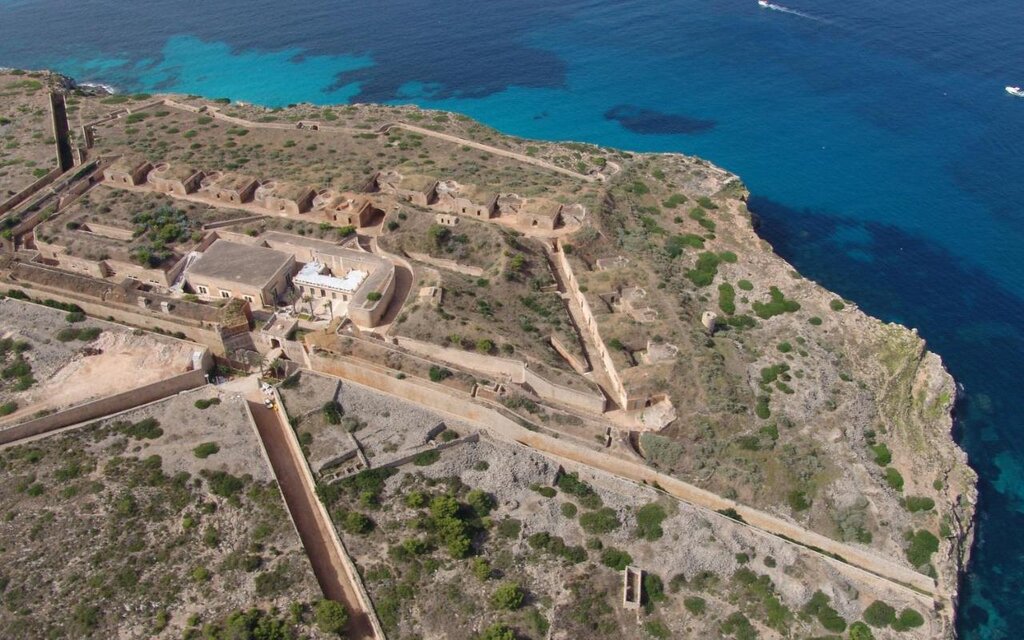
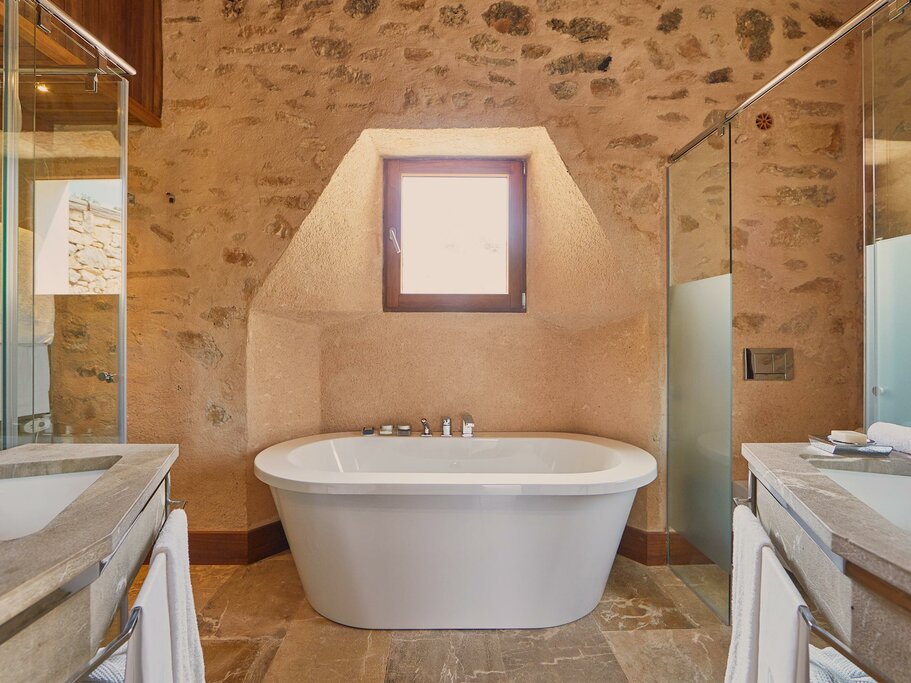
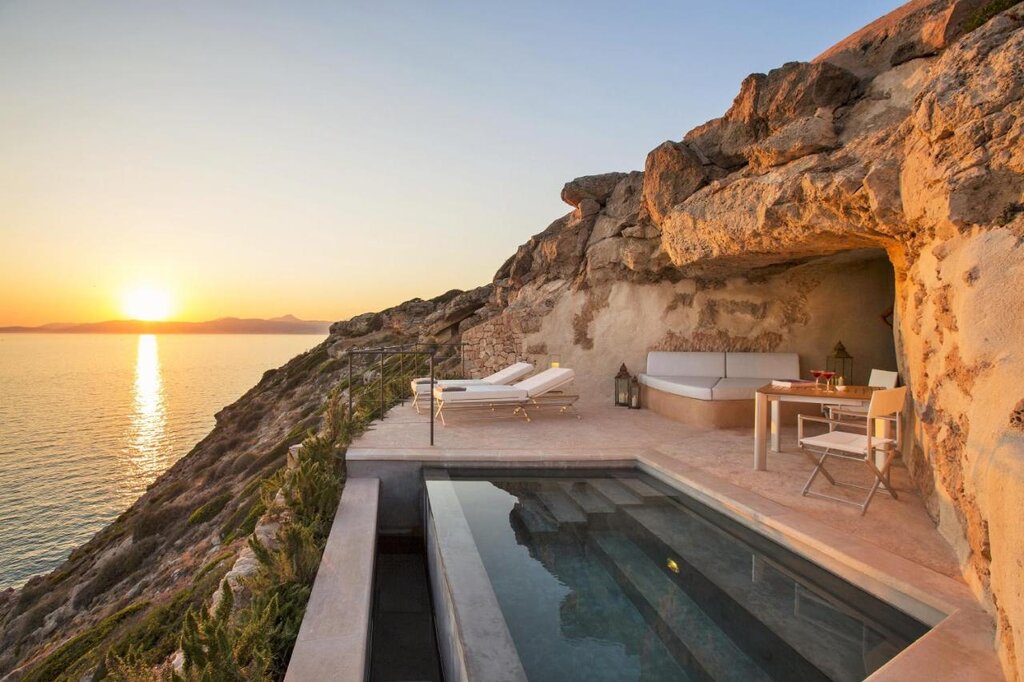
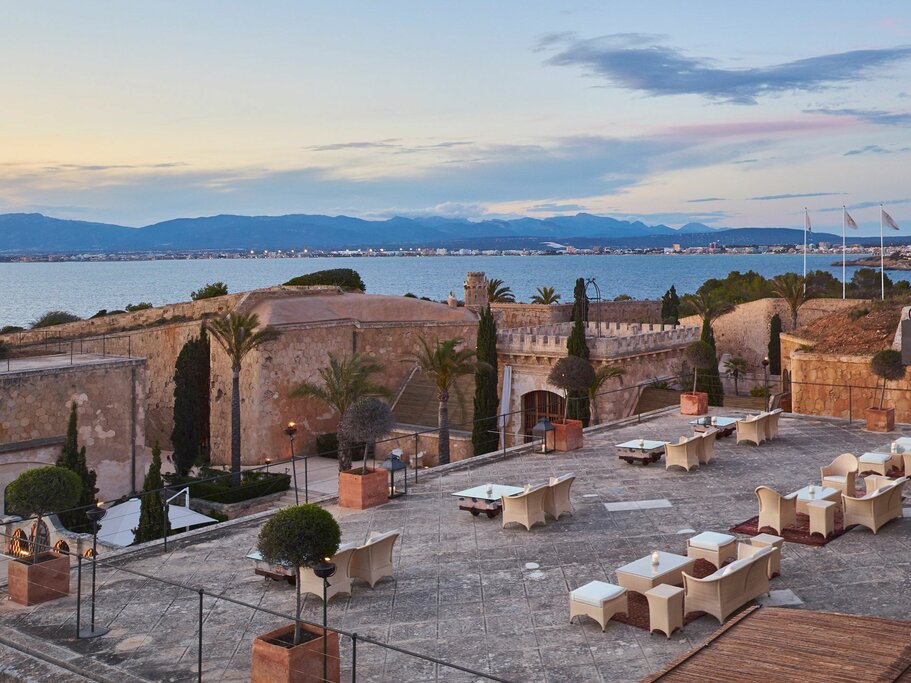
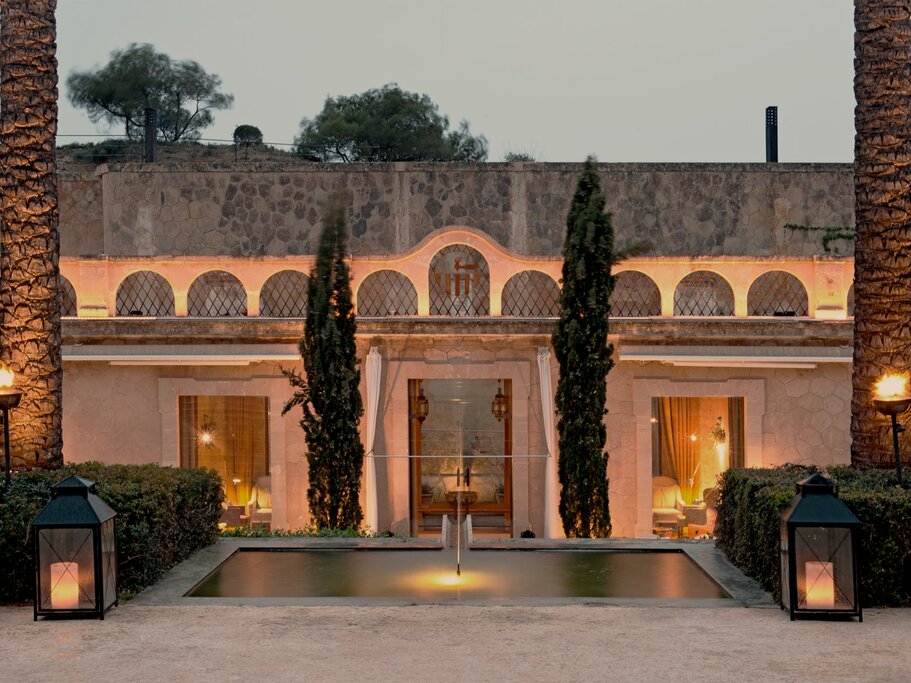

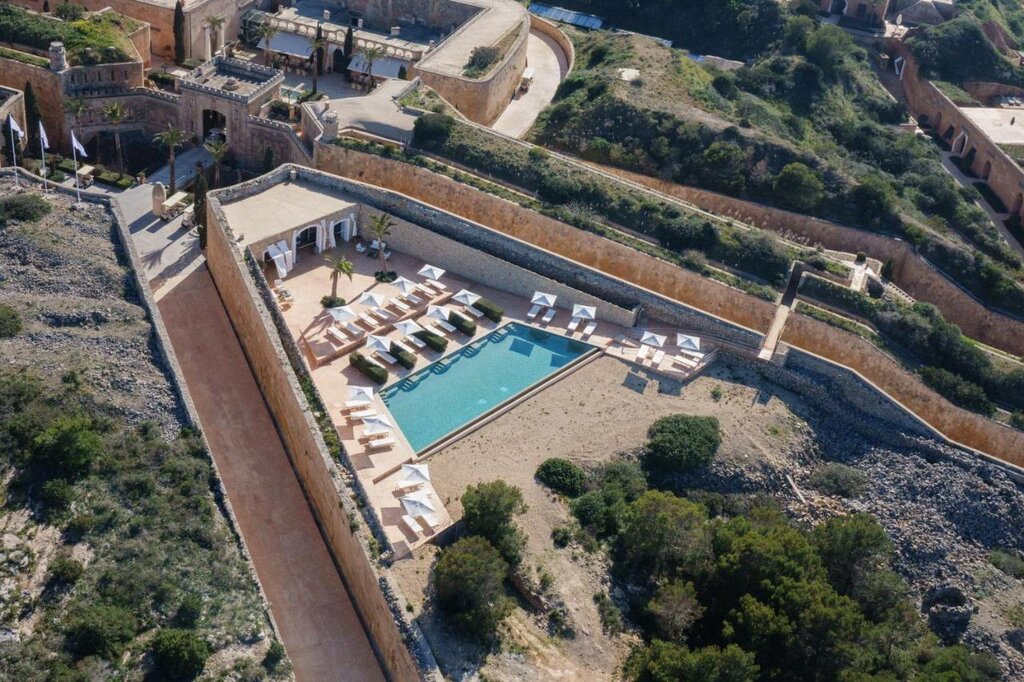
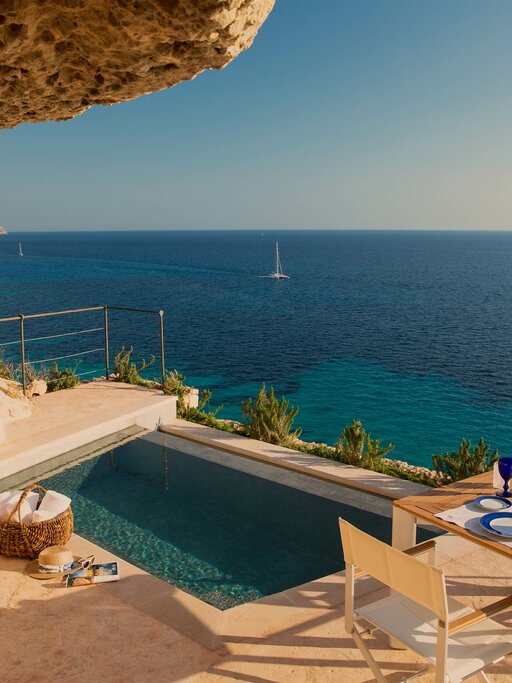
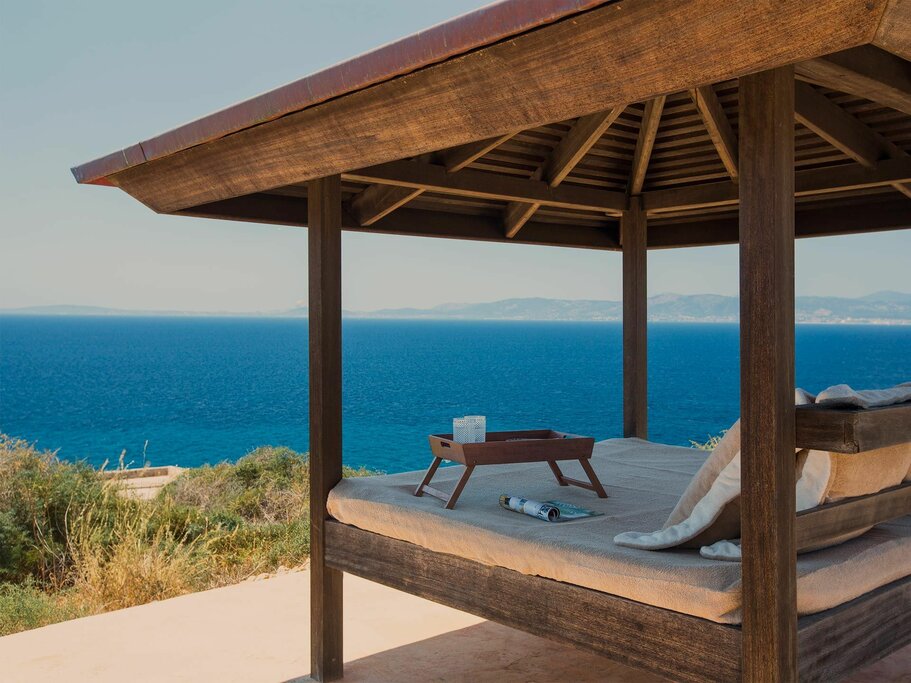
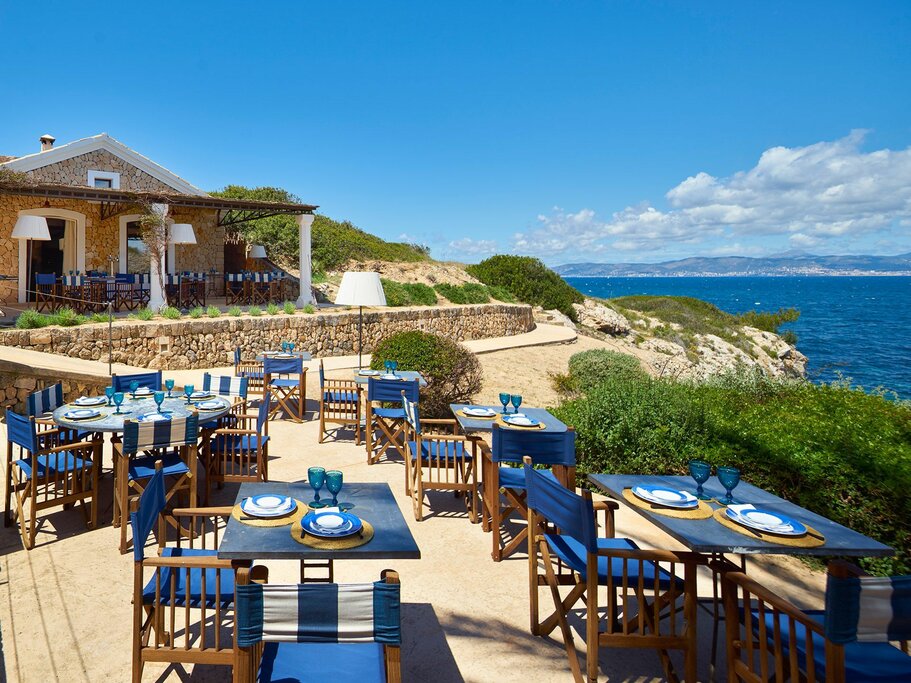
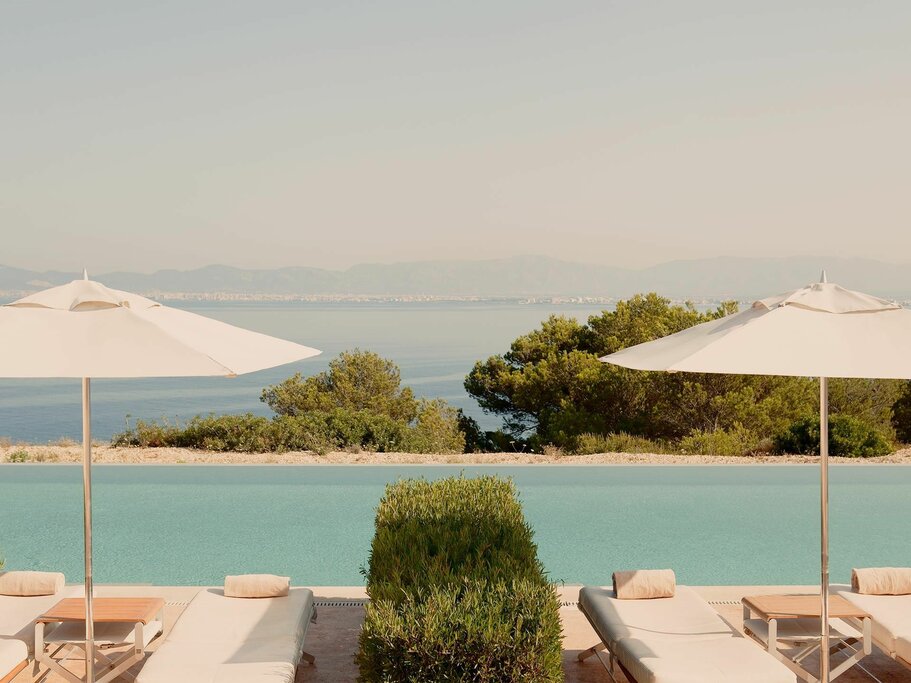
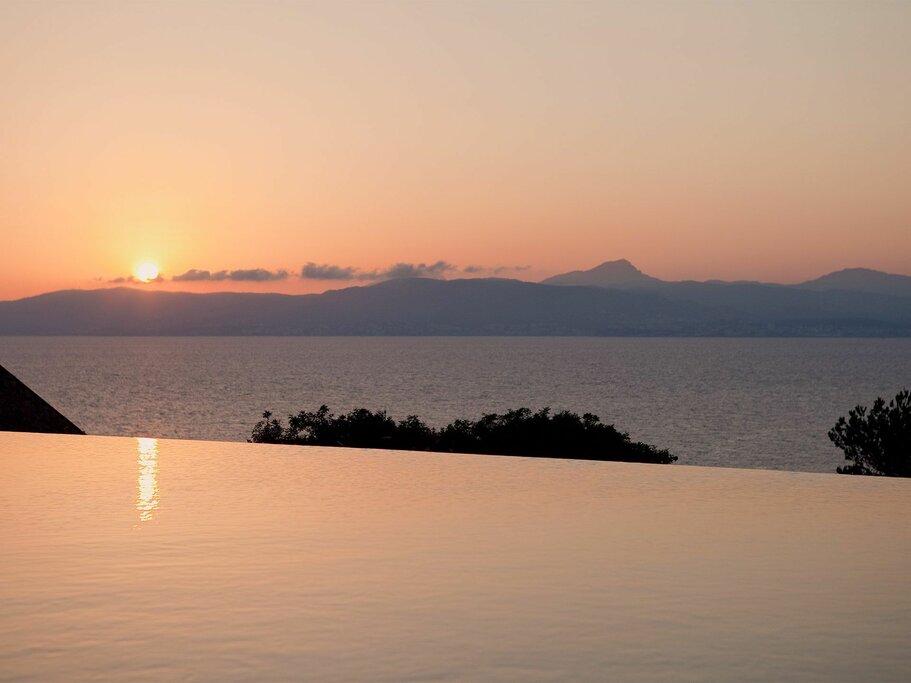

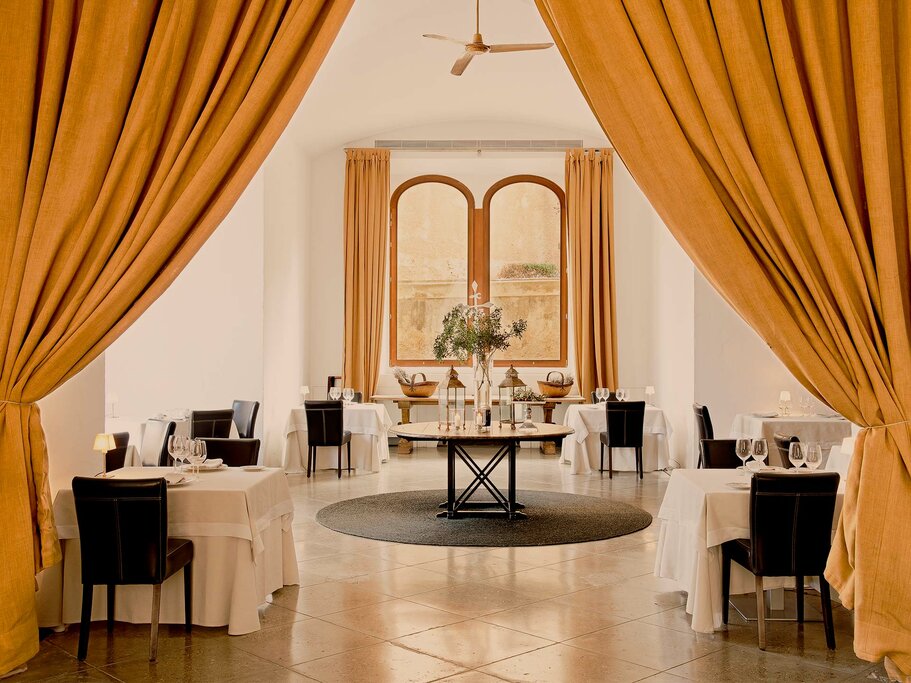
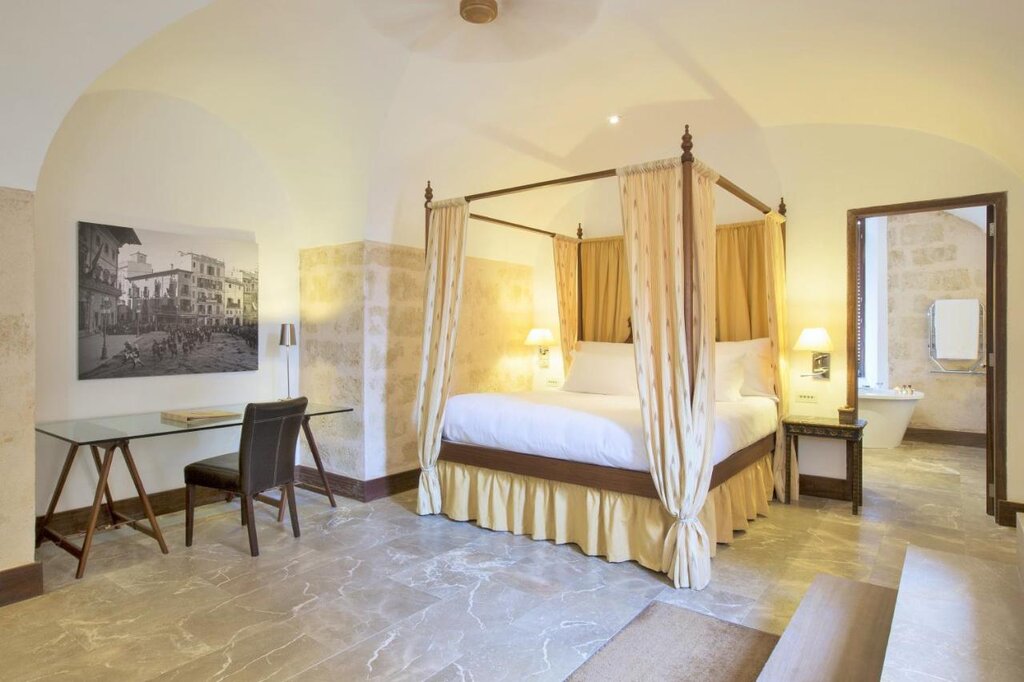
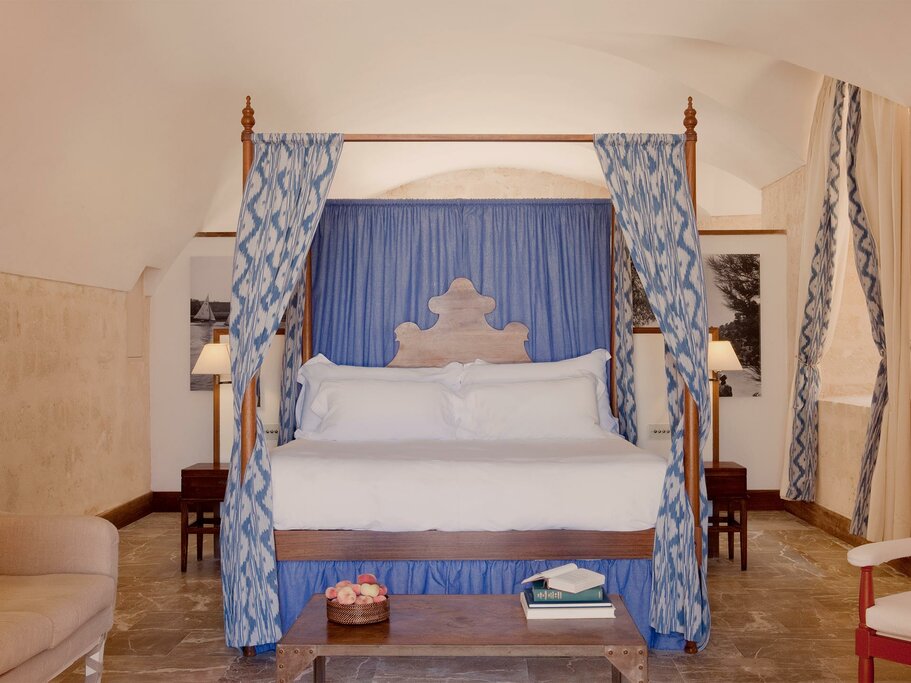





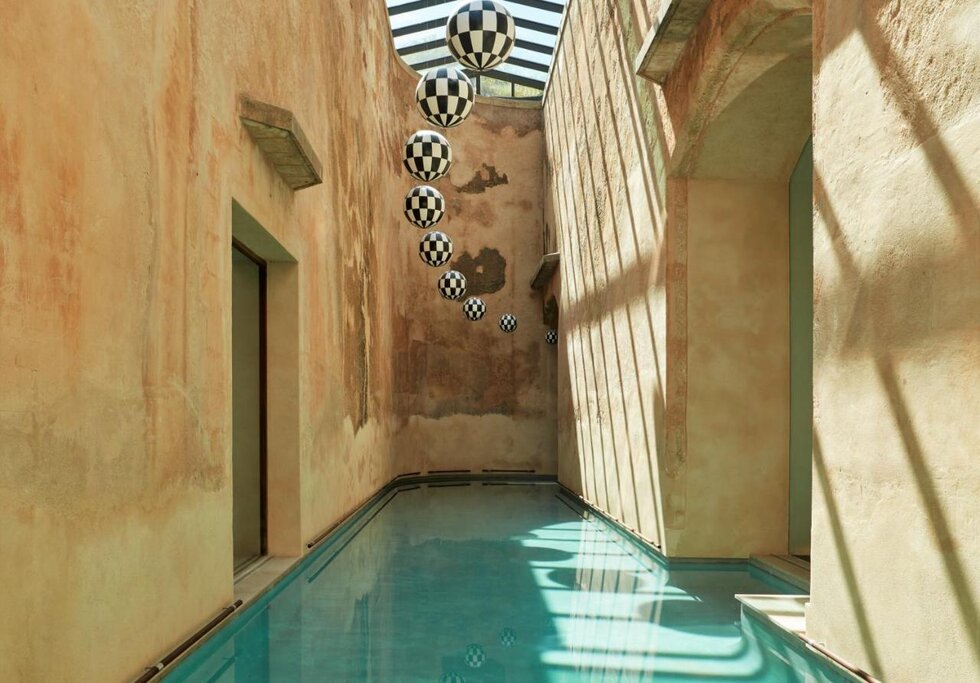

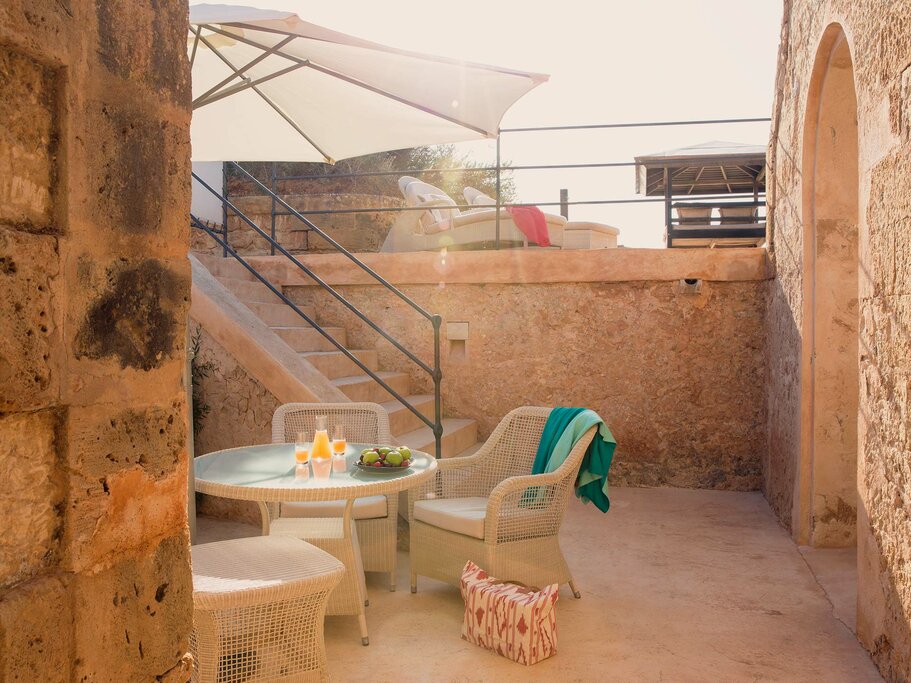
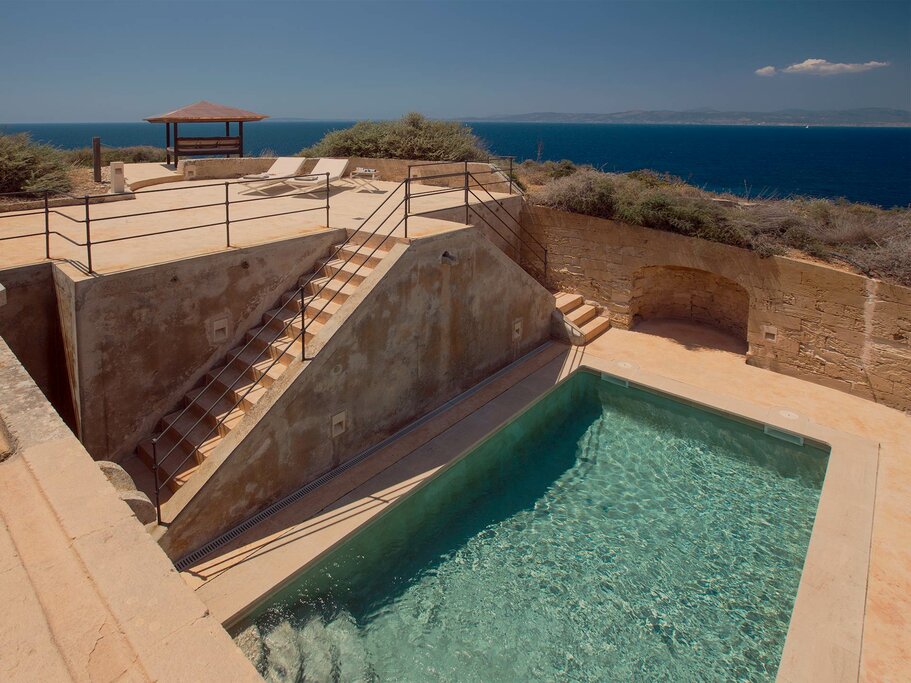

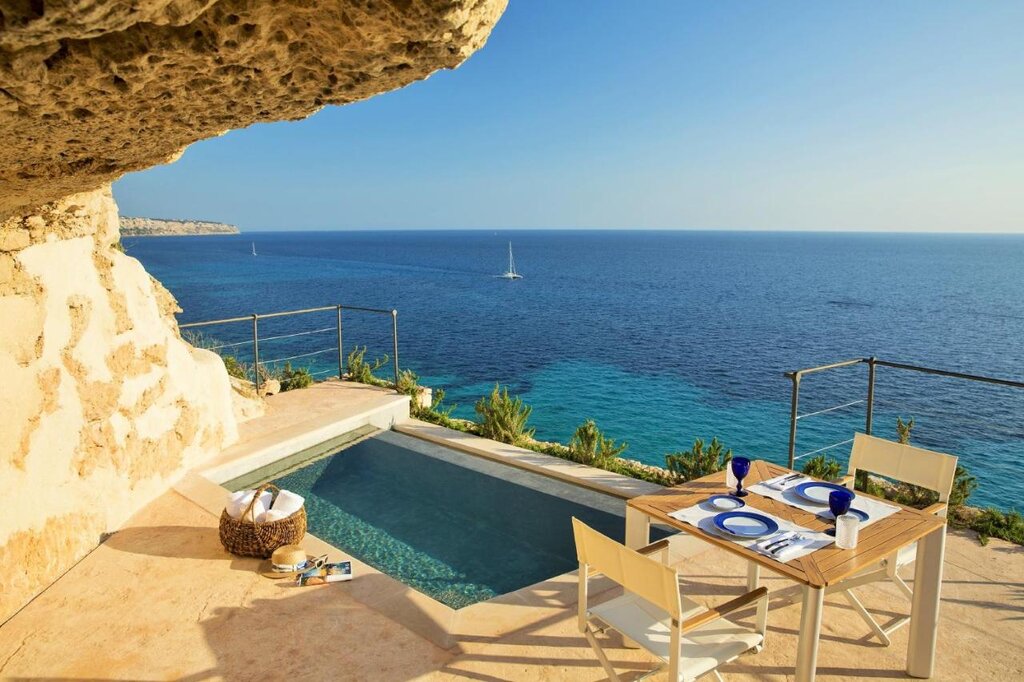
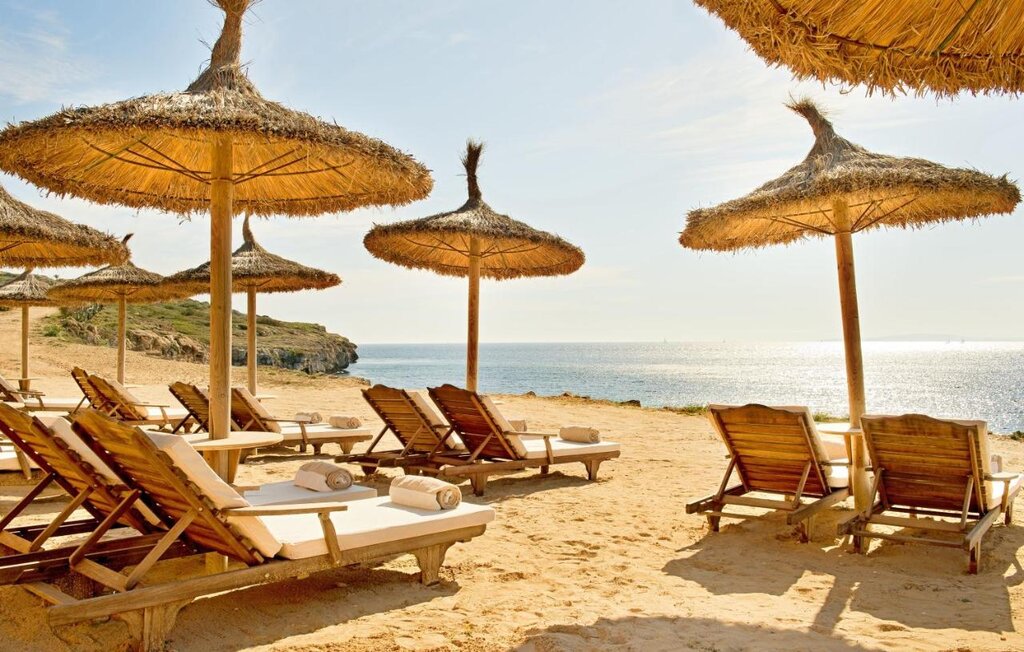
 Wifi – Check On Request
Wifi – Check On Request